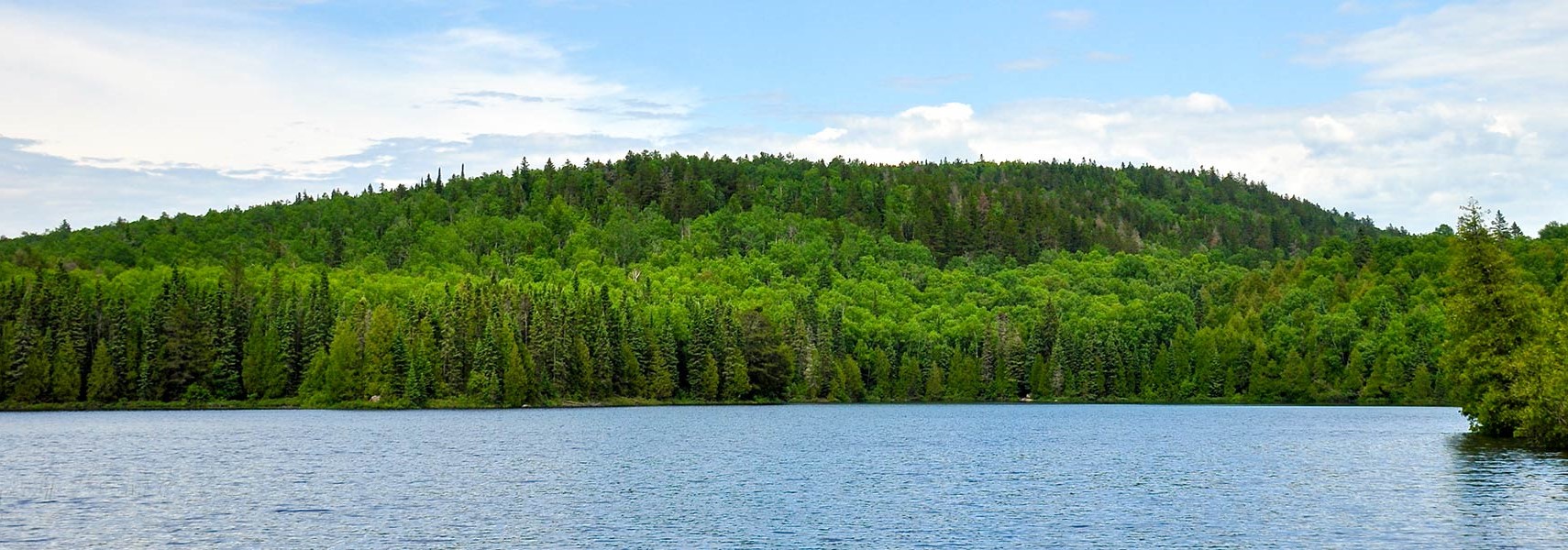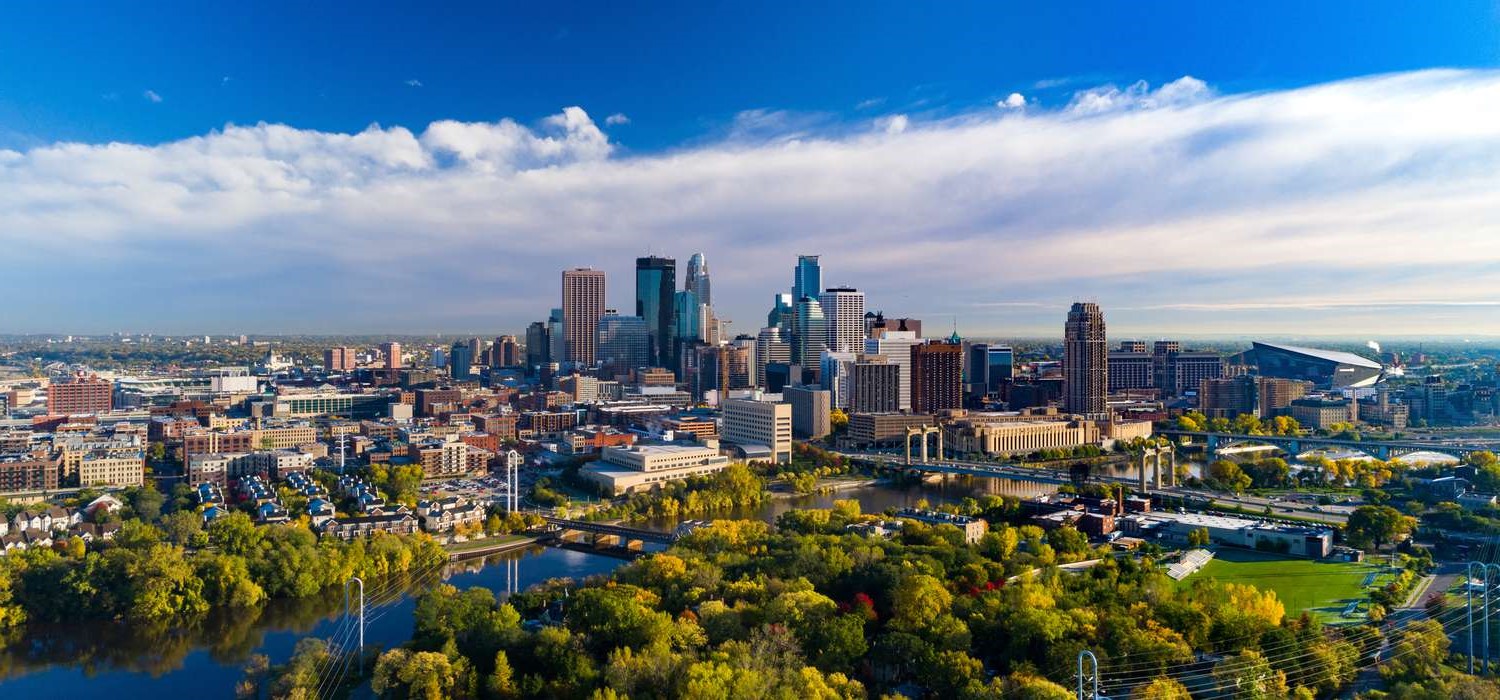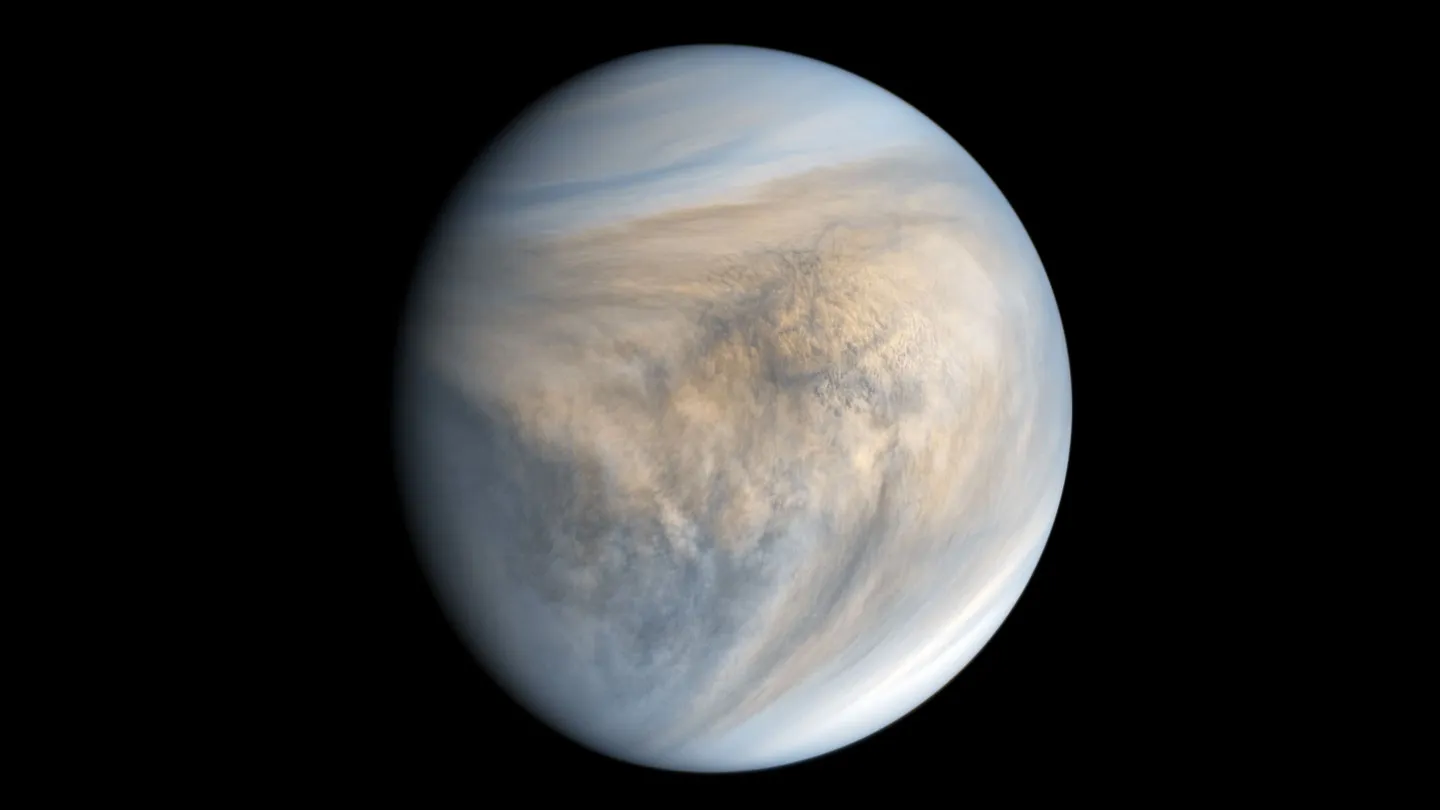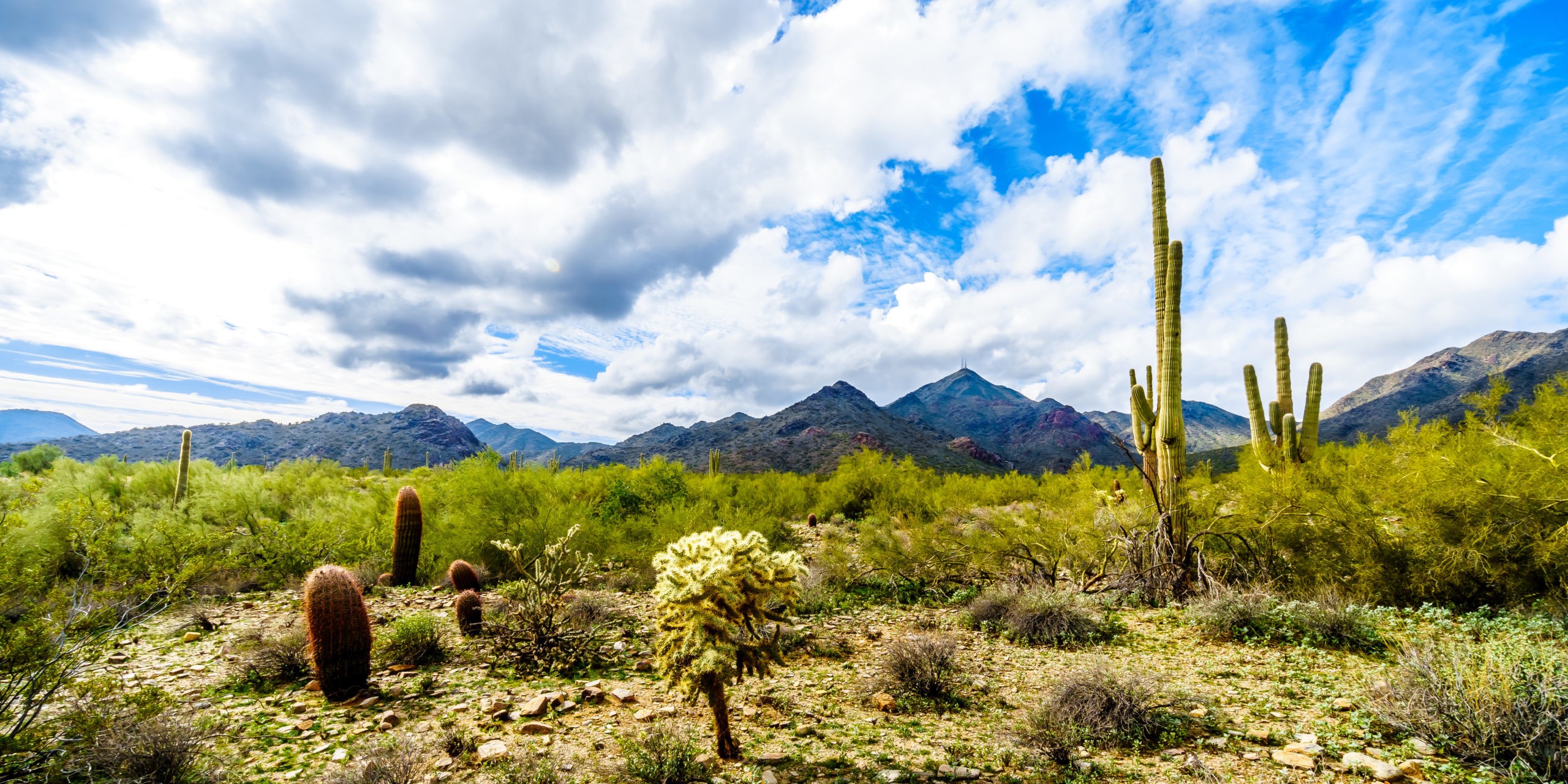Home>Weather and Climate>Understanding Minnesota’s Average Temperature


Weather and Climate
Understanding Minnesota’s Average Temperature
Published: April 12, 2024
Gain insights into the weather and climate of Minnesota with a look at the average temperature trends. Understand the seasonal variations and plan your activities accordingly. Discover the impact of weather on the region.
(Many of the links in this article redirect to a specific reviewed product. Your purchase of these products through affiliate links helps to generate commission for Temperatures.com, at no extra cost. Learn more)
Table of Contents
Introduction
Minnesota, known for its diverse landscapes and varying climates, experiences a wide range of average temperatures throughout the year. From the icy winters that blanket the state in snow to the warm, sun-drenched summers, the average temperature in Minnesota fluctuates significantly, impacting the daily lives of its residents and the state's natural environment.
Understanding the factors that influence Minnesota's average temperature is crucial for comprehending the state's climate patterns and their implications. This knowledge not only provides valuable insights into the state's weather dynamics but also plays a pivotal role in addressing the challenges posed by climate change. By delving into the historical trends and examining the impact of climate change on Minnesota's average temperature, we can gain a deeper understanding of the state's climate and its significance in the broader context of environmental sustainability and human well-being.
Minnesota's average temperature serves as a barometer for the state's overall climate health, influencing agricultural practices, wildlife habitats, and recreational activities. Moreover, it directly impacts the daily lives of Minnesotans, influencing everything from clothing choices to energy consumption patterns. As such, exploring the intricacies of Minnesota's average temperature is not only an exercise in scientific inquiry but also a means of fostering a deeper connection with the natural world and the forces that shape it.
In the following sections, we will delve into the factors that influence Minnesota's average temperature, examine historical temperature trends, and analyze the impact of climate change on the state's climate. By doing so, we aim to shed light on the importance of understanding Minnesota's average temperature and the broader implications it holds for the state and its inhabitants.
Read more: Minnesota Lake Temperature Guide
Factors Affecting Minnesota's Average Temperature
Minnesota's average temperature is influenced by a myriad of factors, both natural and human-induced, that collectively shape the state's climate. Understanding these factors is essential for comprehending the complex interplay of forces that contribute to the state's temperature patterns. Let's explore the key elements that impact Minnesota's average temperature:
1. Latitude and Geographic Location
Minnesota's geographic location significantly influences its average temperature. Situated in the northern part of the United States, the state experiences distinct seasonal variations due to its proximity to the polar jet stream. This positioning exposes Minnesota to frigid Arctic air masses during winter, leading to sub-zero temperatures, while the state basks in warmer temperatures during the summer months.
2. Continental Climate
The state's continental climate, characterized by hot summers and cold winters, is a major determinant of its average temperature. In winter, cold air masses from the Arctic dominate, causing temperatures to plummet, especially in the northern regions. Conversely, during summer, warm air masses from the Gulf of Mexico bring higher temperatures, contributing to the state's seasonal temperature fluctuations.
3. Proximity to the Great Lakes
Minnesota's proximity to the Great Lakes, particularly Lake Superior, influences its average temperature, especially in the northeastern regions. The moderating effect of the lakes' waters helps regulate temperatures, preventing extreme temperature variations and contributing to milder climates in these areas.
Read more: Understanding Spokane’s Average Temperatures
4. Elevation and Topography
The state's diverse topography, encompassing flat prairies, rolling hills, and forested regions, plays a role in shaping its average temperature. Higher elevations generally experience cooler temperatures, while low-lying areas are more susceptible to temperature fluctuations. This topographical diversity contributes to the varying microclimates observed across the state.
5. Urbanization and Human Activities
Human activities, particularly urbanization and industrialization, can impact Minnesota's average temperature. Urban heat islands, characterized by higher temperatures in urban areas compared to surrounding rural regions, are a result of human development. This phenomenon can elevate average temperatures in urban centers, influencing the overall climate of the state.
6. Vegetation and Land Use
The type of vegetation and land use practices in Minnesota can also affect its average temperature. Forested areas tend to have cooler microclimates due to the shading effect of trees, while agricultural lands and urban areas may experience higher temperatures due to reduced vegetation cover and increased heat absorption.
Understanding these diverse factors provides valuable insights into the intricate web of influences that shape Minnesota's average temperature. By recognizing the multifaceted nature of these influences, we can better appreciate the dynamic and ever-changing nature of the state's climate, paving the way for informed decision-making and proactive measures to address climate-related challenges.
Historical Trends in Minnesota's Average Temperature
Over the past century, Minnesota has witnessed notable shifts in its average temperature, reflecting the dynamic nature of its climate. Historical data reveals compelling trends that offer valuable insights into the state's temperature patterns and their implications. Here, we delve into the historical trends in Minnesota's average temperature, shedding light on the noteworthy developments that have shaped the state's climate narrative.
1. Temperature Fluctuations
Historical records indicate a discernible pattern of temperature fluctuations in Minnesota. From the early 20th century to the present day, the state has experienced fluctuations in average temperatures, encompassing both gradual shifts and abrupt variations. These fluctuations are indicative of the complex interplay of natural climate processes and external influences, underscoring the dynamic nature of Minnesota's climate.
2. Warming Trends
In recent decades, Minnesota has observed a discernible warming trend, characterized by an overall increase in average temperatures. This warming trend aligns with global climate patterns and is consistent with the phenomenon of climate change. The gradual rise in average temperatures has implications for various aspects of the state's ecosystem, including impacts on agriculture, wildlife habitats, and water resources.
3. Winter Temperature Trends
One of the most striking historical trends in Minnesota's average temperature pertains to winter temperatures. Historical data reveals a notable uptick in winter temperatures over the past several decades, with milder winters becoming increasingly common. This trend has far-reaching implications for winter activities, snow cover duration, and the state's winter ecology, signaling a shift in the traditional winter climate of Minnesota.
4. Urban Heat Island Effect
The influence of urbanization on historical temperature trends is evident in the phenomenon of urban heat islands. As urban areas have expanded and developed, historical data reflects a localized increase in average temperatures in urban centers, attributed to the urban heat island effect. This effect underscores the impact of human activities on temperature trends and highlights the interconnectedness of urban development and climate dynamics.
5. Variability in Temperature Extremes
Historical trends also reveal variability in temperature extremes, with instances of both record-breaking cold and heat events. These fluctuations in extreme temperatures underscore the dynamic nature of Minnesota's climate and the need to account for variability in temperature patterns when assessing historical trends.
By examining these historical trends in Minnesota's average temperature, we gain a deeper understanding of the state's climate dynamics and the evolving nature of its temperature patterns. These insights serve as a foundation for informed decision-making and proactive measures to address the challenges and opportunities presented by Minnesota's changing climate.
This comprehensive analysis of historical temperature trends in Minnesota provides a compelling narrative of the state's climate evolution, offering valuable perspectives on the interplay of natural and human-induced factors in shaping temperature patterns.
Impact of Climate Change on Minnesota's Average Temperature
The impact of climate change on Minnesota's average temperature has been profound, reshaping the state's climate dynamics and presenting a host of challenges and opportunities. As global temperatures continue to rise, Minnesota has experienced notable shifts in its average temperature, reflecting the far-reaching influence of climate change on the state's climate patterns.
One of the most significant impacts of climate change on Minnesota's average temperature is the observed warming trend. Over the past few decades, the state has witnessed a consistent increase in average temperatures, aligning with global climate trends. This warming trend has implications for various facets of Minnesota's environment and society, including shifts in growing seasons, alterations in wildlife habitats, and changes in precipitation patterns.
Furthermore, climate change has contributed to heightened temperature variability in Minnesota. The state has experienced fluctuations in temperature extremes, with more frequent and intense heat events. These extreme temperature fluctuations pose challenges for agriculture, water resources, and public health, necessitating adaptive measures to mitigate the impacts of temperature variability on various sectors of the state's economy and well-being.
The influence of climate change on Minnesota's average temperature is also evident in the context of winter temperatures. Winters have become milder on average, with reduced snow cover and shorter durations of cold temperatures. These changes have implications for winter recreation, wildlife behavior, and the state's winter ecology, signaling a shift in the traditional winter climate of Minnesota.
Moreover, the urban heat island effect, exacerbated by climate change, has contributed to localized increases in average temperatures in urban areas. As urbanization continues to expand, the urban heat island effect amplifies the impact of climate change on temperature patterns, highlighting the interconnectedness of human activities and climate dynamics.
Understanding the impact of climate change on Minnesota's average temperature is crucial for developing strategies to adapt to a changing climate and mitigate its effects. By recognizing the multifaceted implications of climate change on temperature patterns, Minnesota can proactively address the challenges posed by a warming climate while leveraging opportunities for sustainable adaptation and resilience.
This comprehensive analysis of the impact of climate change on Minnesota's average temperature underscores the urgency of addressing climate-related challenges and underscores the need for concerted efforts to foster climate resilience and sustainability in the state.
Importance of Understanding Minnesota's Average Temperature
Understanding Minnesota's average temperature holds immense significance in the realms of environmental stewardship, public health, economic vitality, and societal well-being. The intricate interplay of natural and human-induced factors that shape the state's temperature patterns underscores the importance of comprehending and monitoring these dynamics. Here's why understanding Minnesota's average temperature is crucial:
1. Environmental Stewardship and Conservation
Minnesota's diverse ecosystems, encompassing forests, prairies, and water bodies, are intricately linked to the state's average temperature. By understanding temperature patterns, conservationists and environmental stewards can assess the impact of temperature fluctuations on wildlife habitats, plant communities, and overall ecosystem health. This knowledge is instrumental in formulating conservation strategies and adaptive measures to safeguard the state's natural heritage in the face of a changing climate.
2. Agricultural Resilience and Food Security
The state's agricultural sector, a cornerstone of Minnesota's economy, is deeply influenced by average temperature variations. Understanding temperature patterns is essential for farmers and agricultural stakeholders to anticipate growing season changes, assess crop suitability, and implement adaptive practices to ensure food security and sustainable agricultural production. By staying attuned to temperature dynamics, the agricultural community can enhance resilience and mitigate the impacts of temperature-related challenges.
3. Public Health and Well-being
Temperature patterns directly impact public health, particularly in extreme heat or cold events. By understanding average temperature trends, public health authorities can develop targeted interventions to protect vulnerable populations, mitigate heat-related illnesses, and enhance community resilience to temperature extremes. Additionally, insights into temperature dynamics enable proactive measures to address vector-borne diseases and other health risks influenced by temperature variations.
4. Energy Efficiency and Resource Management
Average temperature fluctuations influence energy consumption patterns, particularly in heating and cooling demands. Understanding temperature trends empowers policymakers, urban planners, and energy providers to optimize energy efficiency measures, develop sustainable heating and cooling solutions, and mitigate the urban heat island effect. This knowledge is instrumental in fostering resource-efficient urban development and enhancing the state's overall energy resilience.
5. Climate Adaptation and Resilience
Comprehensive understanding of Minnesota's average temperature is pivotal for climate adaptation and resilience-building efforts. By analyzing temperature data, stakeholders can develop climate-resilient infrastructure, formulate adaptive land use policies, and integrate temperature considerations into long-term climate action plans. This proactive approach fosters resilience in the face of a changing climate and positions Minnesota to thrive sustainably in the years to come.
In essence, understanding Minnesota's average temperature transcends mere meteorological inquiry; it is a cornerstone for informed decision-making, sustainable development, and proactive climate stewardship. By embracing a holistic understanding of temperature dynamics, Minnesota can navigate the complexities of a changing climate while fostering resilience, sustainability, and well-being for its residents and natural ecosystems.
Read more: Minnesota September Climate Guide
Conclusion
In conclusion, the average temperature in Minnesota is not merely a numerical representation of climatic conditions; it is a dynamic indicator of the state's environmental health, economic resilience, and societal well-being. By delving into the factors influencing Minnesota's average temperature, examining historical temperature trends, and analyzing the impact of climate change on the state's climate, we have gained valuable insights into the multifaceted nature of temperature dynamics in Minnesota.
The factors affecting Minnesota's average temperature, including geographic location, continental climate, proximity to the Great Lakes, elevation, and human activities, collectively shape the state's temperature patterns. Understanding these influences provides a nuanced perspective on the intricate interplay of natural and anthropogenic forces that define Minnesota's climate.
Historical trends in Minnesota's average temperature reveal compelling narratives of temperature fluctuations, warming trends, winter temperature shifts, urban heat island effects, and variability in temperature extremes. These historical insights offer a comprehensive understanding of the state's climate evolution, highlighting the complex interplay of natural climate processes and human-induced impacts.
The impact of climate change on Minnesota's average temperature has reshaped the state's climate dynamics, leading to warming trends, heightened temperature variability, shifts in winter temperatures, and amplified urban heat island effects. Recognizing the far-reaching implications of climate change on temperature patterns is crucial for fostering climate resilience and sustainability in Minnesota.
Understanding Minnesota's average temperature holds immense significance for environmental stewardship, agricultural resilience, public health, energy efficiency, and climate adaptation. By embracing a holistic understanding of temperature dynamics, Minnesota can navigate the complexities of a changing climate while fostering resilience, sustainability, and well-being for its residents and natural ecosystems.
In essence, the average temperature in Minnesota serves as a barometer for the state's overall climate health, influencing various facets of life and the environment. By comprehending the intricate web of influences that shape temperature patterns, Minnesota can proactively address climate-related challenges, foster sustainable adaptation, and pave the way for a resilient and thriving future in the face of a changing climate.










